Discover Kanzanji Temple in Shizuoka
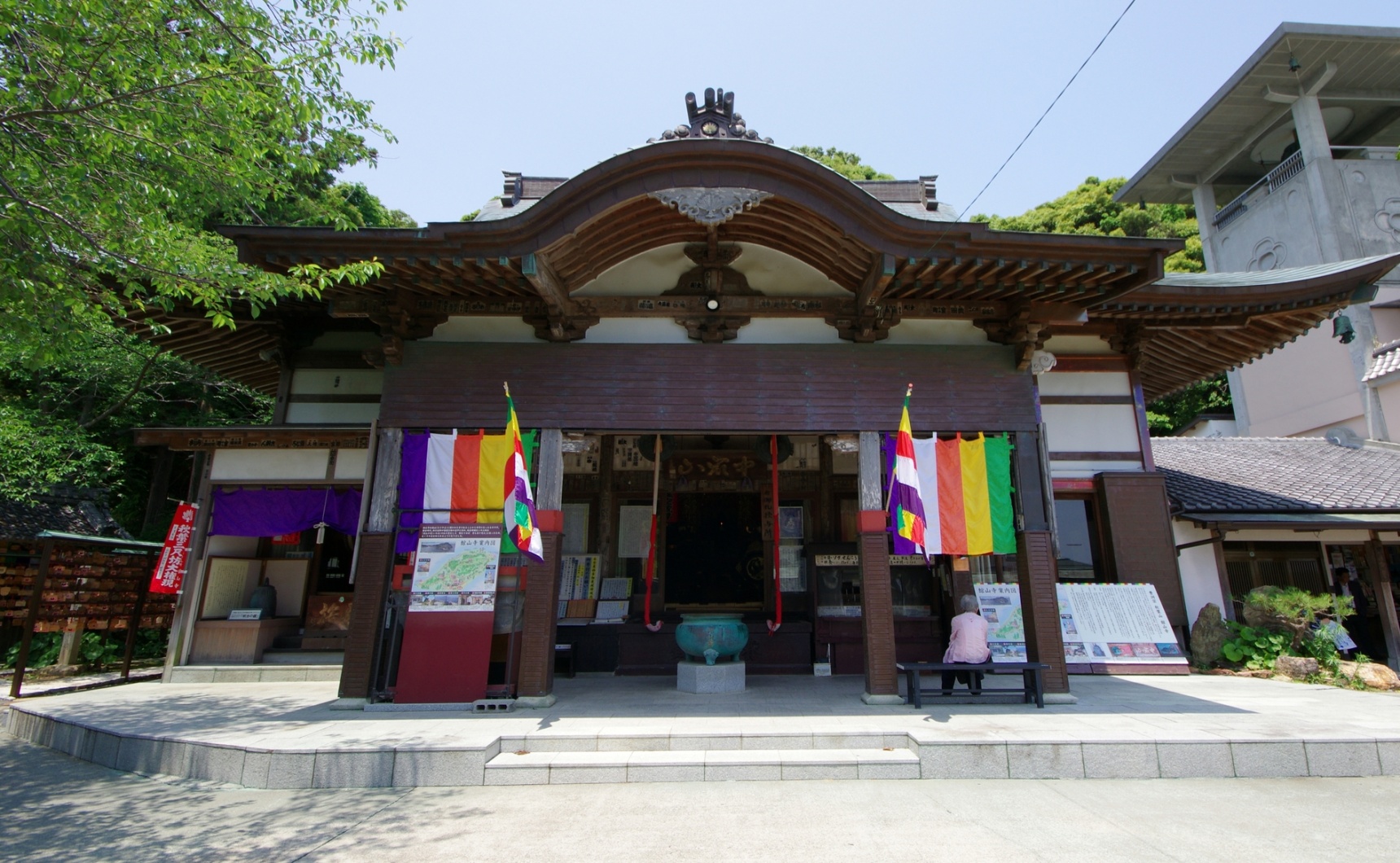
Various elements are considered before defining an area as a power spot, such as the great historical figures that created and frequented it, the area where it's positioned and the natural beauty surrounding the spot. Kanzanji Temple in Hamamatsu City, Shizuoka Prefecture, easily checks all these boxes.
By Marcello FrancioniWhere Is Kanzanji?
Located at the footsteps of a peninsula called Tateyama on the northern side of the Lake Hamana, a popular summer resort right outside Hamamatsu city center, Kanzanji (舘山寺) is a Buddhist temple of remarkably long history and astounding location. Not far from Mount Fuji, the beautiful nature of the peninsula and the overall reinvigorating sense of serenity make this ancient temple a perfect (but not too crowded) power spot to recharge one’s batteries.
Power Point #1: History
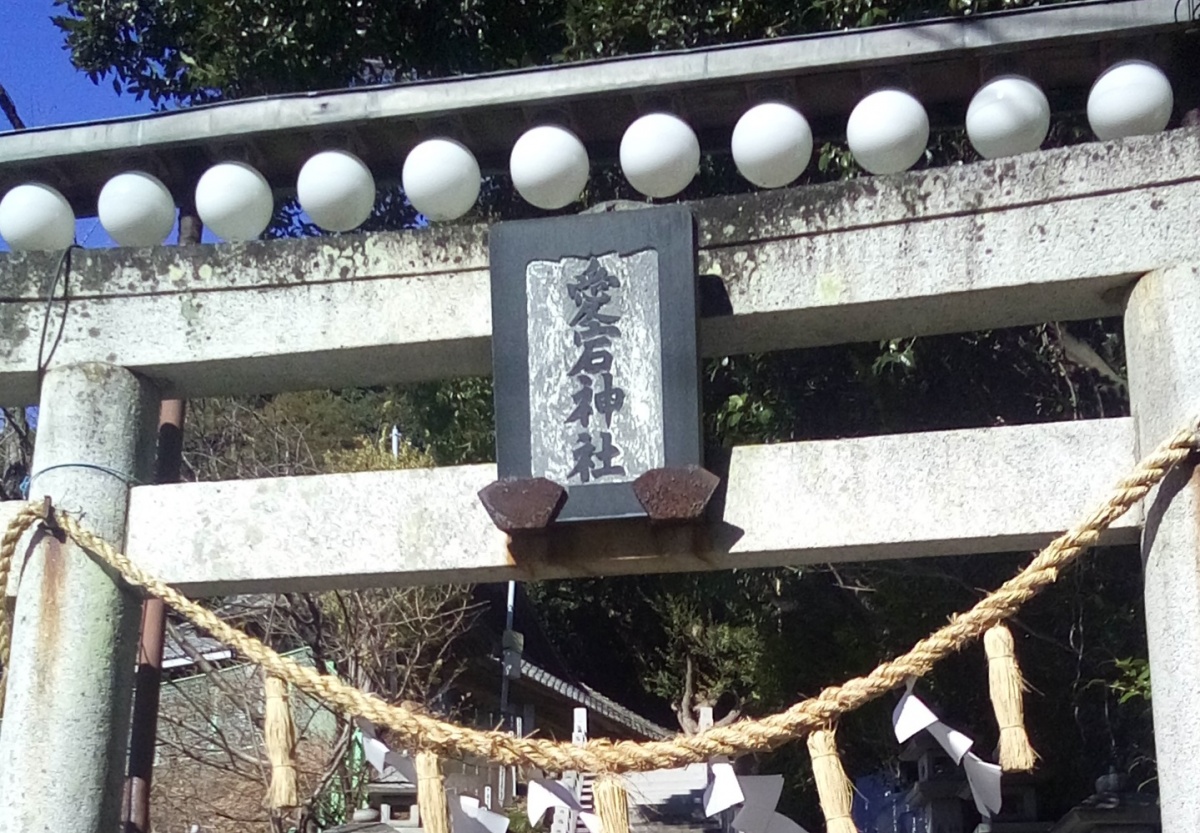
It's said that Kukai, probably the most important figure in the history of Japanese Buddhism, established the construction of Kanzanji in the year 810 on the premises of an already existing Shinto shrine. Now a Zen temple, Kanzanji is among the oldest Buddhist buildings in Japan. Although a few modifications have been made along the way, it remains mostly unaltered in its original form.
Power Point #2: Nature
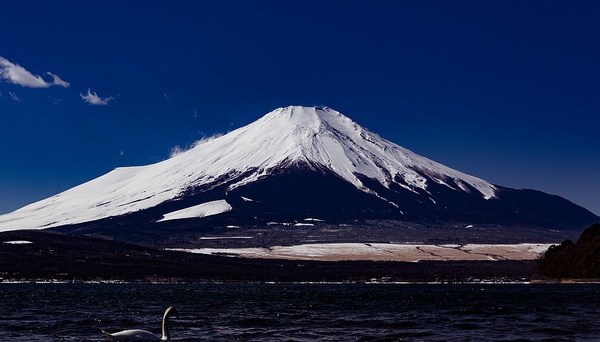
https://flic.kr/p/VBVjzF
Although the area that delimits Kanzanji is relatively vast, the main buildings are rather small—especially compared to the temples of Nara and Kyoto—and are located close to the main road on the mainland. The rest of the premise is occupied by the peninsula and by the beautiful scenes of nature that wraps itself around it. While that's probably the most powerful part, a shady path takes visitors on a relaxing stroll through a wood full of camellia, persimmon and peach trees, all the way up the hill towering over the lake. At the very top is a meditation spot called Fujimi-iwa. On a sunny day, from this group of rocks that dominates Lake Hamana, it's possible to spot Mount Fuji from behind the mountains surrounding the lake. The closeness of a volcano like Mount Fuji, renowned for its great energetic charge, is another important factor that contributes to the power of Kanzanji. And the view from there is certainly something you don’t want to miss!
Power Point #3: Kannon
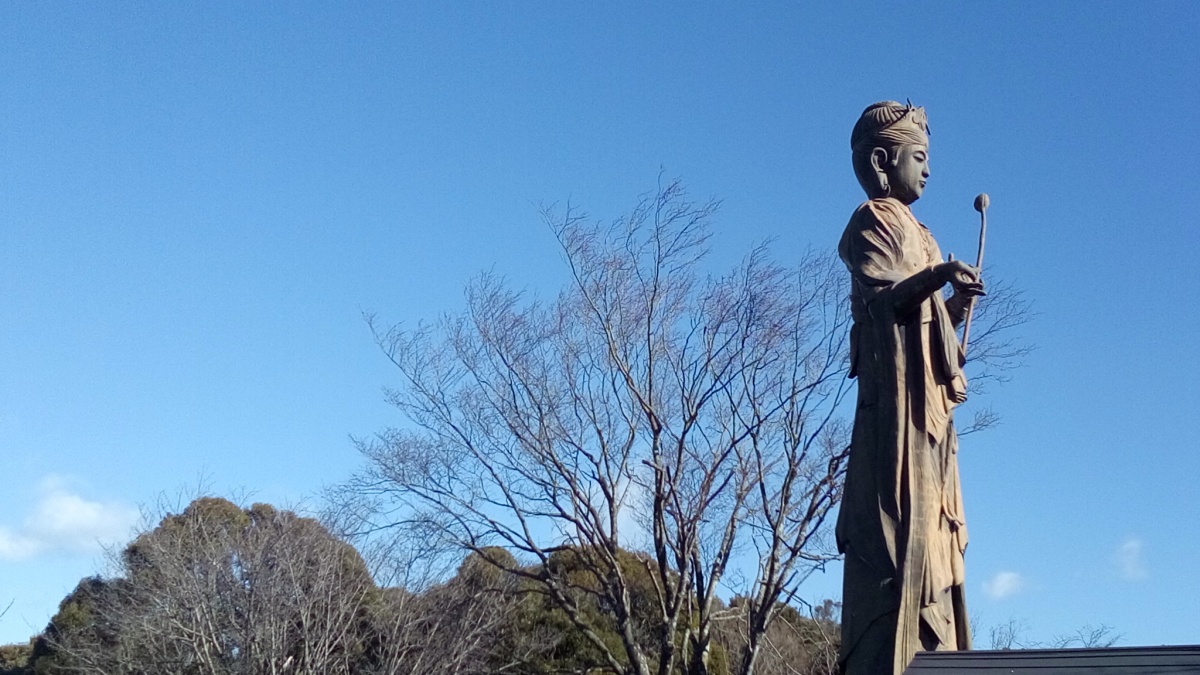
Not far from the Fujimi-iwa, a tall, lean statue of the Bodhisattva Kannon holding a lotus flower in her hand stands out on top of the rich vegetation. Kannon is a benevolent Buddhist divinity whose role is to protect those who are going through difficult times. In particular, this statue was placed on the highest point of the peninsula in 1935 as a means to protect the people from the lake area in their everyday lives; also, a sense of peace and quiet clearly emanates from it.
Power Point #4: Notable Frequentations
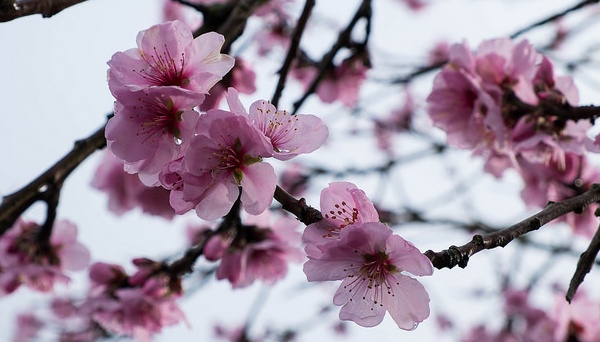
https://flic.kr/p/kEBQZP
During the centuries, Kanzanji has become a beloved destination for meditation. In fact, five minutes away from the main temple on foot, it's possible to visit a cave called Ana Daishi that Kukai himself built. There, he's said to have meditated for long periods of time. After that, many others have visited the cave to do the same. Kanzanji and its garden were not exclusively popular among religious people, but a vast number of Japanese poets also used to sojourn at the temple and enjoy the view of the cherry trees near the top of the hill long enough to be inspired by the energy of the location and compose their poetry.
Extra Point #1: Eat Some Amazing 'Unagi' (Eel)

https://flic.kr/p/78gLqp
If all these elements were not enough, the area surrounding Kanzanji has other tempting features in store, starting from eel (unagi).
Shizuoka Prefecture—and Hamamatsu City in particular—is famous all over Japan for the delicious eel that's caught in the many rivers of the region. The road that leads to Kanzanji is paved with tiny family-run restaurants that serve various eel-based meals, among which the most popular is unaju (also called unadon), a bed of rice with grilled eel on top that has been marinated in a delightfully sweet soy sauce.
Extra Point #2: Relax at Kanzanji Onsen
Close to Kanzanji you'll find several onsen (thermal water baths) to add some further relaxation to the overall calming climate of the area. Let the soothing waters take your trip to the next level: a power spot power up!
Extra Point #3: The Natural Charm of Lake Hamana
The beautiful Lake Hamana, one of the biggest in Japan, offers not only amazing views but also sandy beaches for sunbathing and swimming. The water is warmer here than the water from the coast. Why not rent a boat and have a tour of the area?
How to Get There
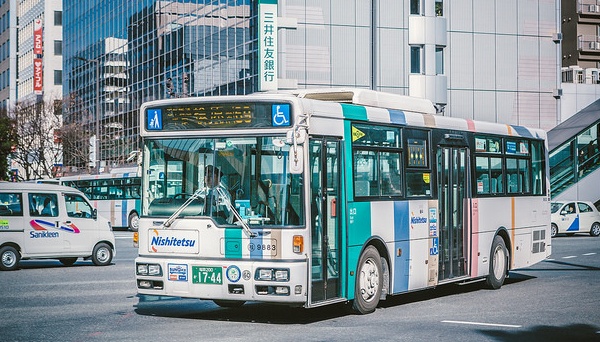
https://flic.kr/p/TMUSAC
Access: From the Hamamatsu Central Bus Terminal (right outside Hamamatsu Station), take the #30 bus and get off at Kanzanji Station.
Duration: 54 minutes
Price: ¥610






